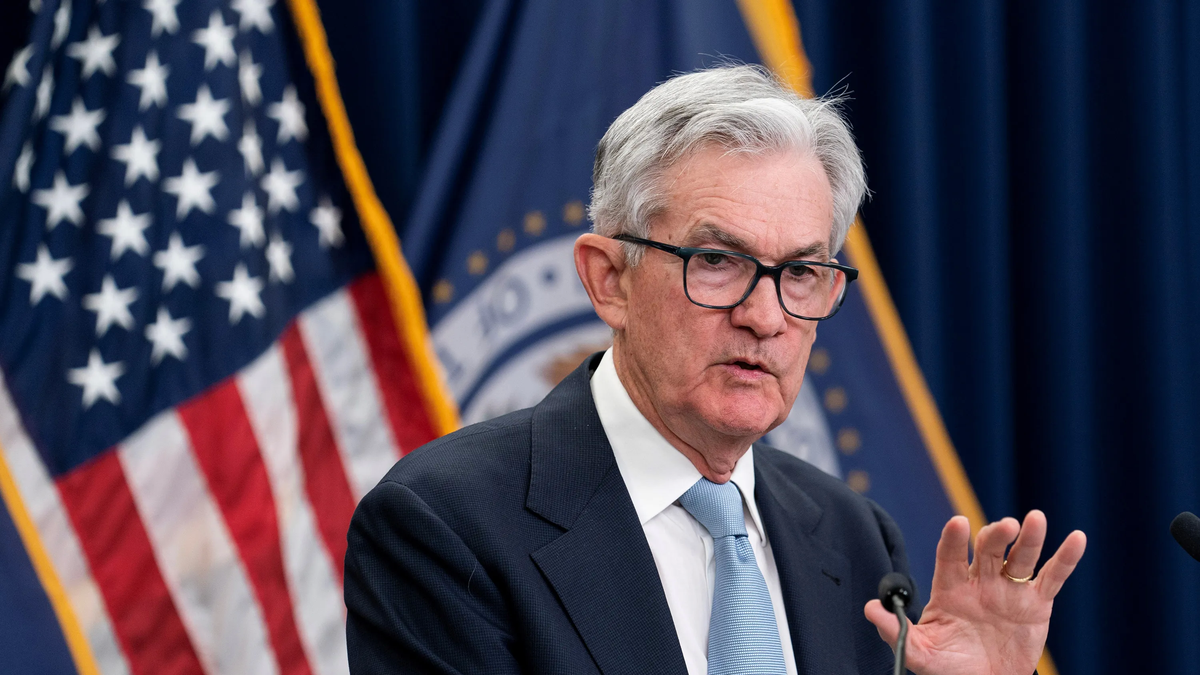November is usually the best month for stocks. Of the eight sessions already held, the S&P500 advanced in seven. The rally continues – after a 10% correction between August and October that took it out of circulation – but concentrated on a few papers and full of flats (and distrust).
November is usually the best month for stocks. Of the eight sessions already held, the S&P500 advanced by seven. He rally It continues – after a 10% correction between August and October that took it out of circulation – but concentrated on a few papers and full of flats (and distrust). For this reason, the only wheel that stumbled, on Thursday, was the most important. Are the bulls returning after the simultaneous wink at the beginning of the month that the Fed, he Treasure and the favorable date? Or is it a booby trap, an accident waiting around the corner? A lousy auction Treasury bond 30 years later it set off alarm bells.
The content you want to access is exclusive to subscribers.
Who said that the bullish saga of long rates was already history? It was argued here, in this column. And how, then, did 24% of the issue remain without a buyer (which had to be absorbed by the primary dealers at a higher rate than expected)? What happened? As if that were not enough, minutes later, Jay Powell, the Fed’s boss, recalled that the war against inflation he continues, and that short rates can also go higher. There is a 0.25% increase in the point map of the central bank to be implemented before the end of the year and which futures markets systematically ignore. Will the plans have to be revised? On Thursday, the answer looked affirmative. By Friday, believe it or not, the bond storm had already passed. Long rates fell as much as they rose, without delay or explanation. The S&P 500, which fell 0.80% because of him, rose twice as much. It closed the week 1.3% up, and above 4400 points. It cannot be said that nothing happened here. Everything happened. Even so, the ascending path remains the passage of least resistance.


Powell He played at two ends. After the meeting of the Fed, On November 1, he emphasized that the rise in long rates – “an earthquake,” according to Governor Chris Waller – did not correctly anticipate the steps that monetary policy is considering. Upon confession, release of evidence. If the ten-year rate exceeded 5%, in light of these comments, it can be seen as an exaggeration. After the moderation of the employment report and corroborating the jump in productivity in the third quarter, even more so. But, as Mary Daly of the Fed of San Francisco, it is early to claim victory. And before he spoke Powell, Governor Michelle Bowman was already insisting with her very particular refrain. New rate hikes, more than one, in her opinion, may be needed to tame inflation. That the Fed wants to tell us something, there is no doubt. There were even seven high-ranking officials speaking on the same day. It is an open debate.
What to clean up? That you don’t want to break anything (nor for long rates to break it). But they don’t like party markets either. Consumer inflation expectations – according to the University of Michigan – rose to 4.2% in one year and 3.2% in 5/10 years. It’s a wake-up call. It is thought that October inflation will be around 0.1%, and could even be negative given the fall in the price of gasoline. But if the population disbelieves, the Fed will have to inoculate them again against skepticism.
Powell was not the villain of the week as the Treasury bidding setback was. Was it due to the hacking suffered by the Chinese bank ICBC? Janet Yellen denied it. It is not clear then what caused it or how the situation was resolved peacefully on Friday. But while stock volatility plummeted, bond volatility rose to the highest levels in 13 years. With rates around 5% for cash, risk-taking is discouraged. Occasional surprises sow suspicions. One day an auction fails; On Friday, the Moody’s agency placed the outlook on Treasury debt in negative status. Fiscal policy is a growing nuisance on the scene. This week Congress must extend spending authorization (if it does not agree on the budget) or the Government may have to temporarily cease some of its functions.
Republicans have a new leader, Mike Johnson, to negotiate again. The previous one, Kevin Mc Carthy, his flexibility allowed him to agree to a truce, but it cost him his position. None of this invalidates the bull market thesis, it does force it – as the saying goes – to climb a wall of worries. To their credit, the balance sheets add the recovery of profitability. On the debit side, the bears point out that the rally is very narrow, lacking the participation of the bulk of the papers. As long as the soft landing proceeds, the rally will prevail although it is not exempt from suffering the usual air holes.
Source: Ambito




